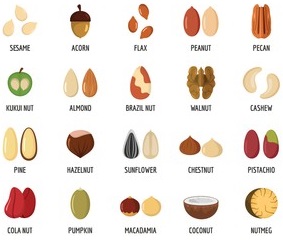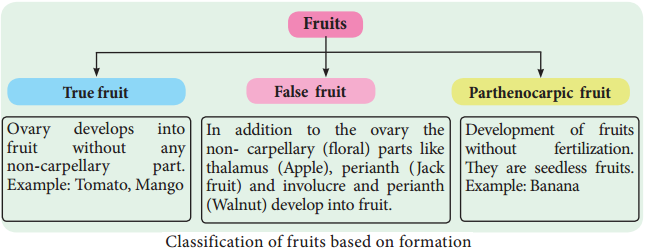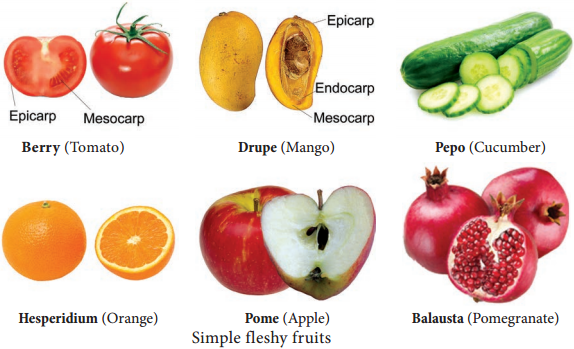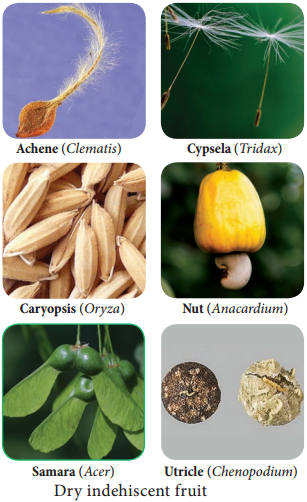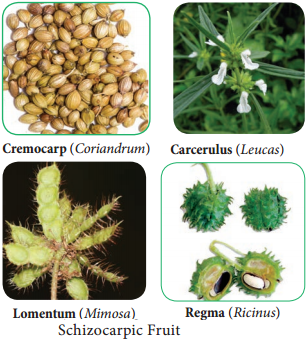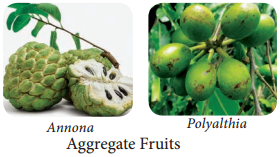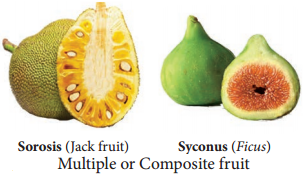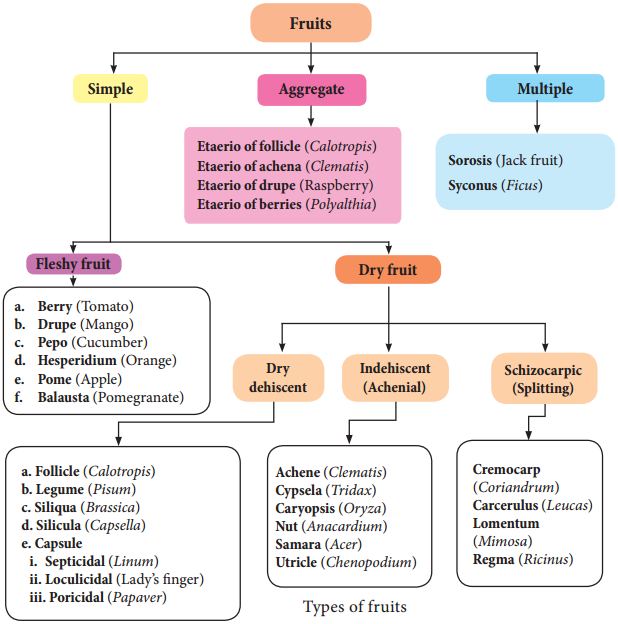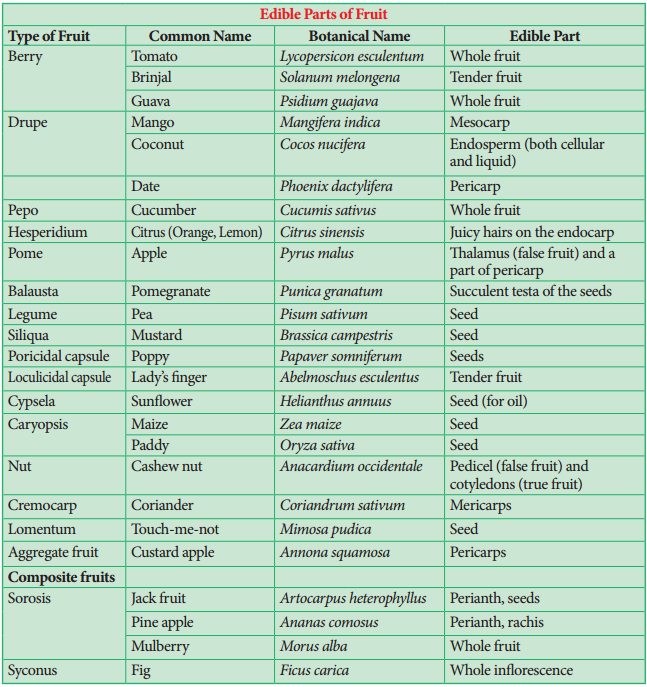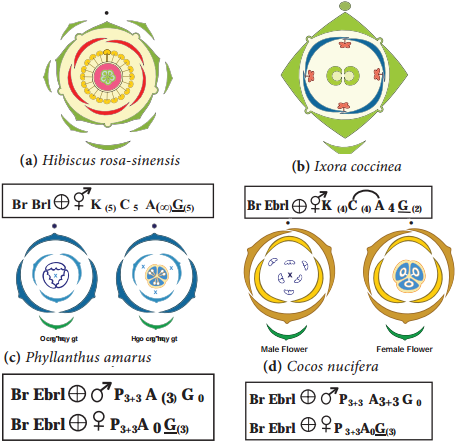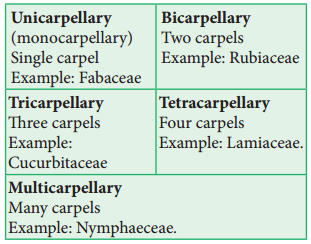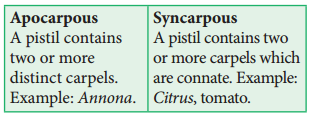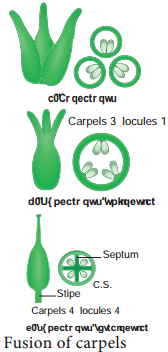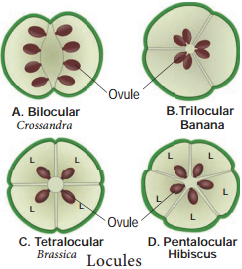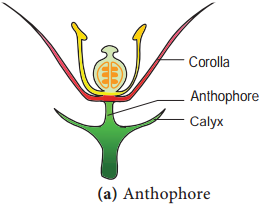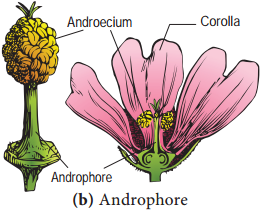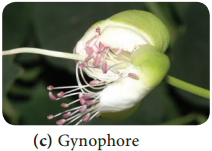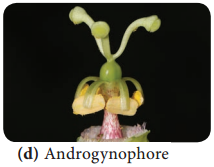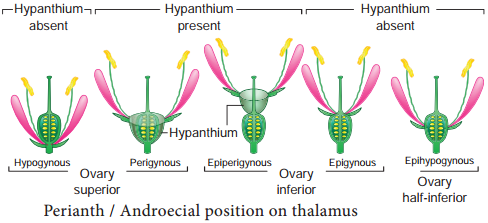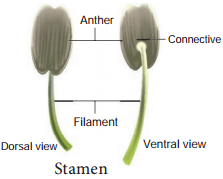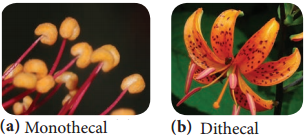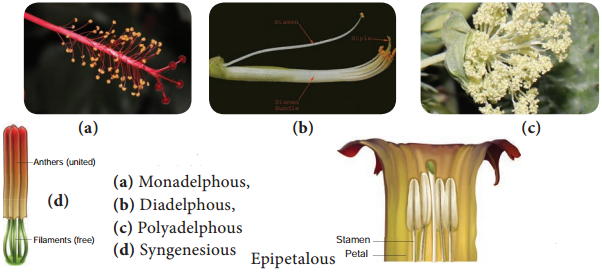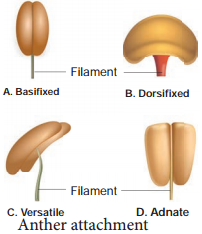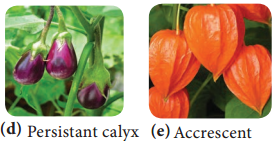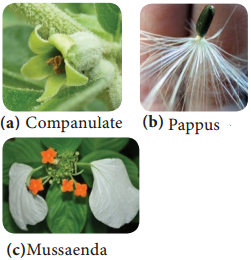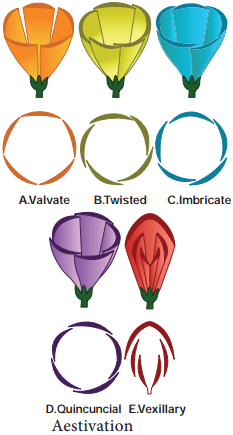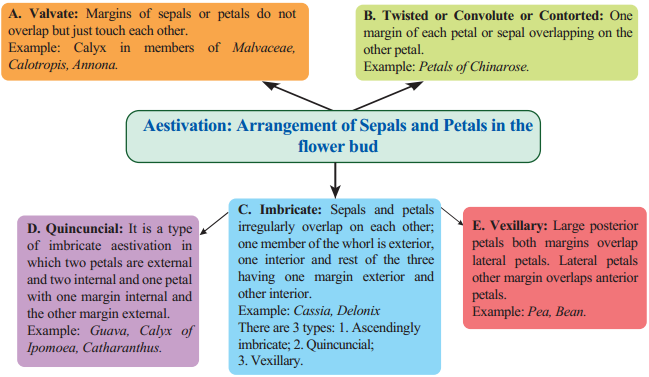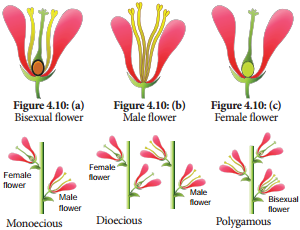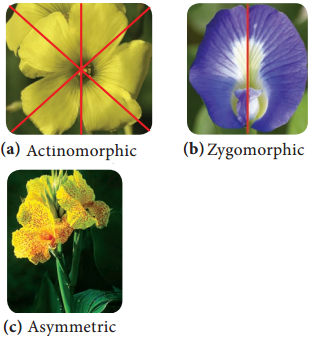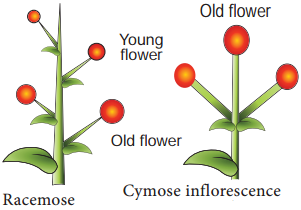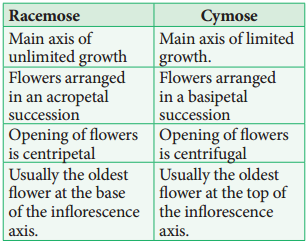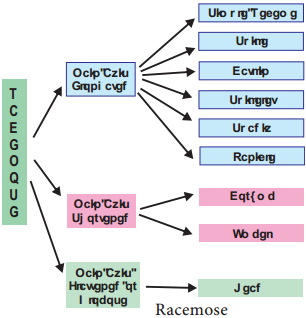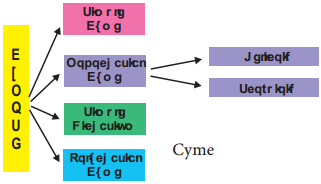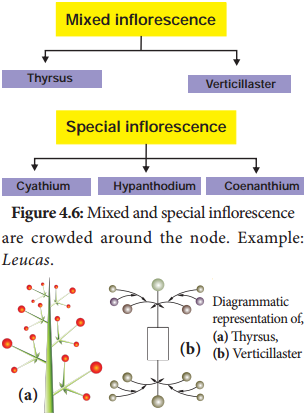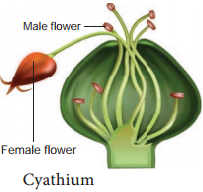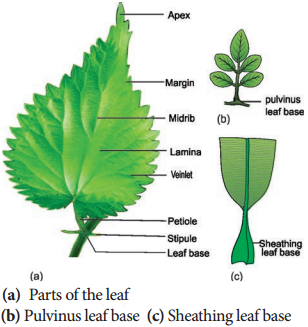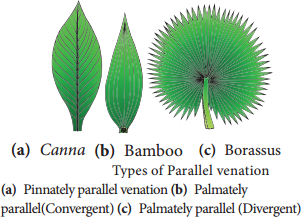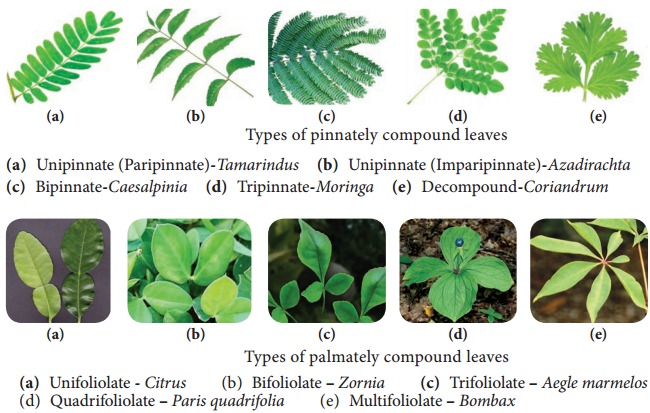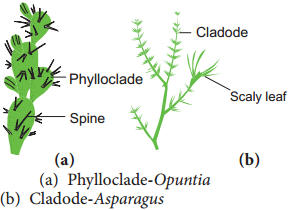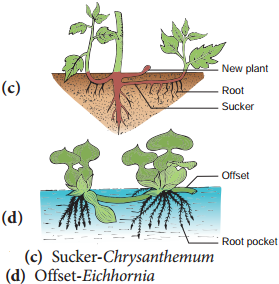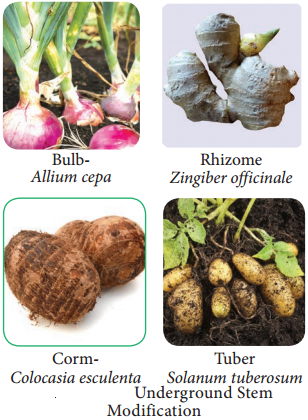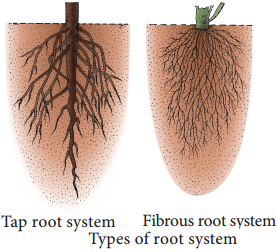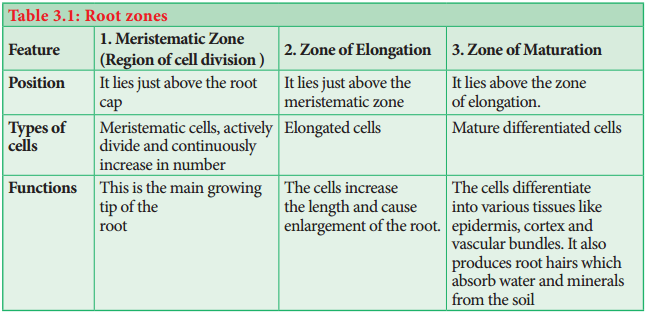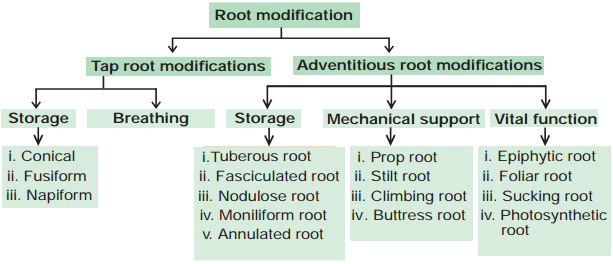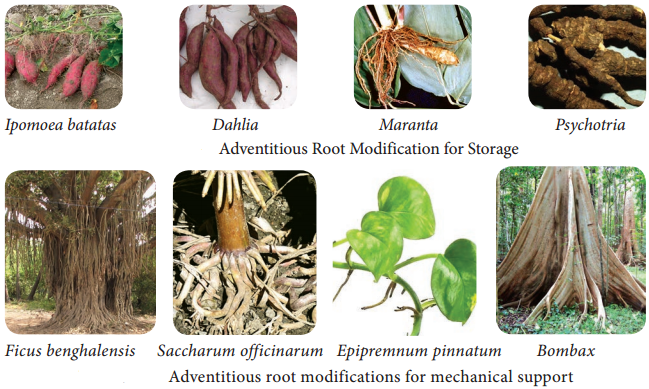Learninsta presents the core concepts of Biology with high-quality research papers and topical review articles.
Seed Various Types and its Significance
Do all fruits contain seeds? No, triploid fruits do not. The seed is a fertilized mature ovule which possess an embryonic plant, usually stores food material and has a protective coat. After fertilization, changes occur in various parts of the ovule and transforms into a seed.
Types of Seed
I. Based on the number of cotyledons two types of seeds are recognized.
(i) Dicotyledonous Seed:
Seed with two cotyledons.
(ii) Monocotyledonous Seed:
Seed with one cotyledon.
II. Based on the presence or absence of the endosperm the seed is of two types.
(i) Albuminous or Endospermous Seed:
The cotyledons are thin, membranous and mature seeds have endosperm persistent and nourishes the seedling during its early development. Example: Castor, sunflower, maize.
(ii) Ex-albuminous or Nonendospermous Seed:
Food is utilized by the developing embryo and so the mature seeds are without endosperm. In such seeds, colyledons store food and become thick and fleshy. Example: Pea, groundnut.
Significance of Seeds:
- The seed encloses and protects the embryo for next generation.
- It contains food for the development of embryo.
- It is a means for the dispersal of new individuals of the species.
- A seed is a means for perpetuation of the species. It may lie dormant during unfavorable conditions but germinates on getting suitable conditions.
- Seeds of various plants are used as food, both for animals and men.
- They are the basis of agriculture.
- Seeds are the products of sexual reproduction so they provide genetic variation and recombination in a plant.
